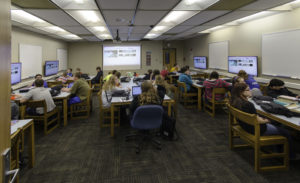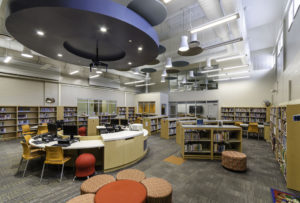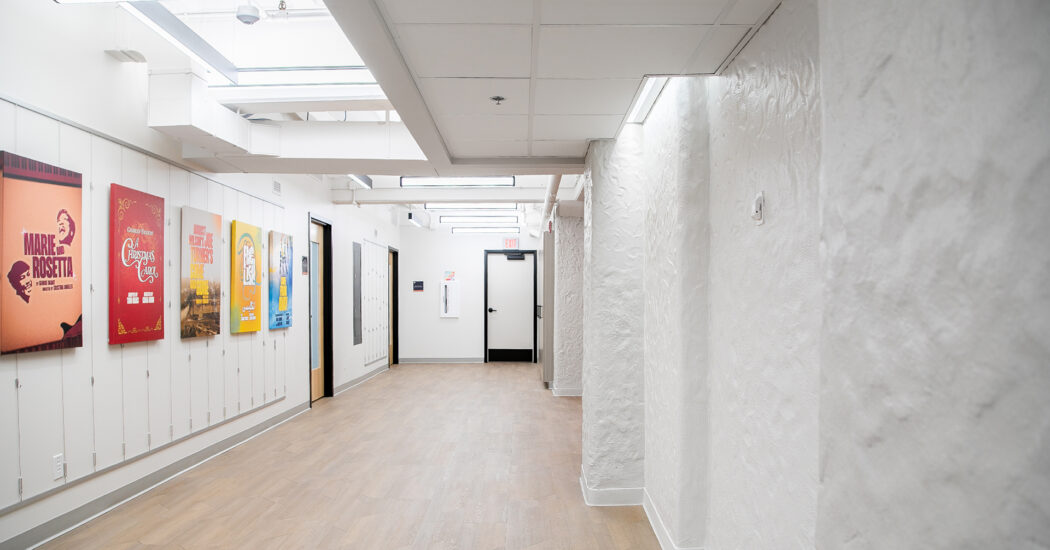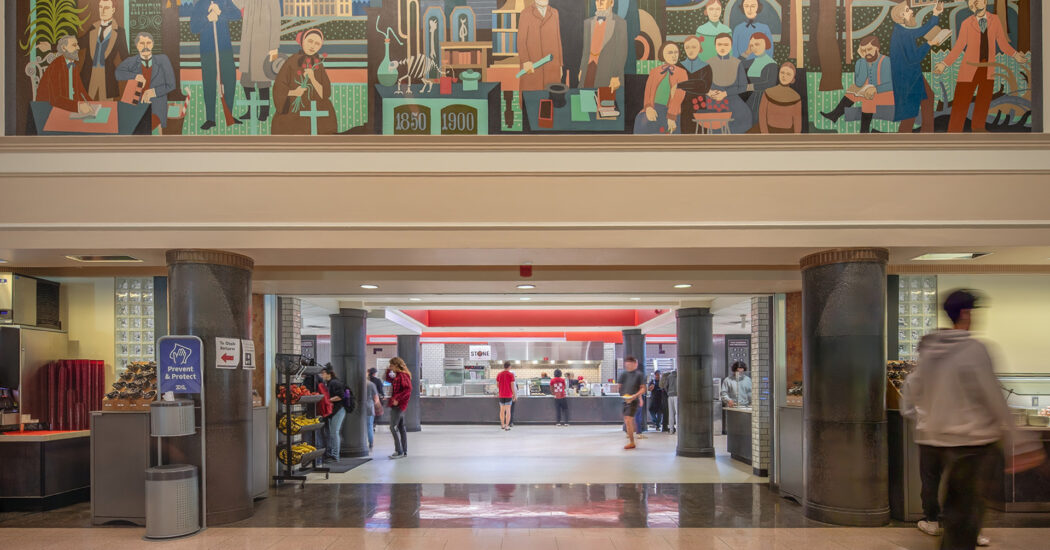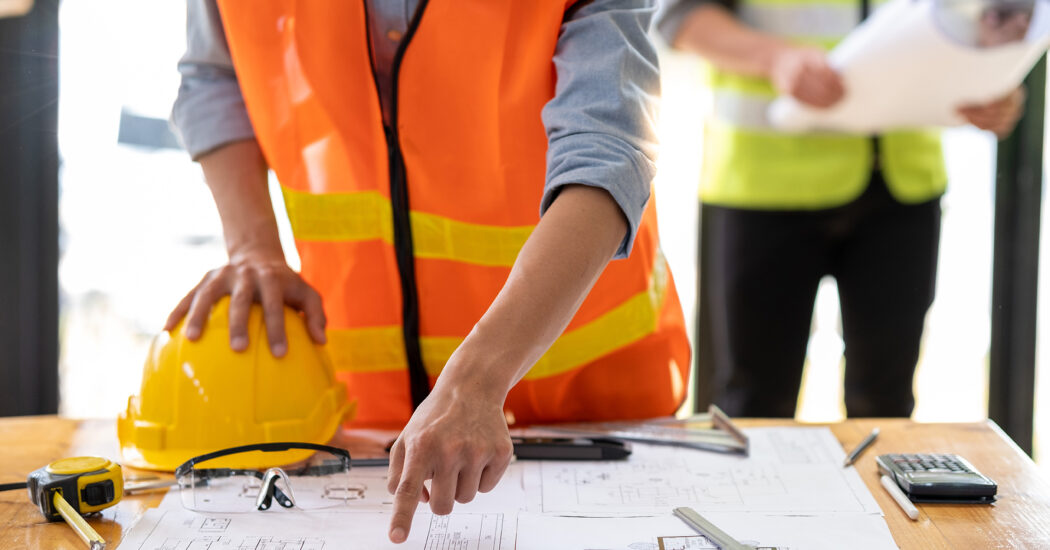K-12 And The “Space Race”
-
Category
Studio-K12, Innovation -
Posted By
Tom Neff -
Posted On
Aug 24, 2016
With Schmidt Associates’ 40th birthday just celebrated, we thought it would be interesting to explore some of the ways in which the challenges and expectations of our clients and their stakeholders have evolved over the last four decades. Over the next four weeks, we’re publishing four spots on what “40 years on” have meant for the team in our K-12 Studio.
In the first of our blog posts on key issues in the world of K-12 and its evolving built environment, Tom Neff, a Principal of Schmidt Associates, takes a sideways look at “the space race” that’s happening inside our schools.
Four decades ago, outer space was still capturing a great deal more of the public imagination than it seems to in the second decade of the twenty first century. That we had put men on the moon was both miraculous and an on-going source of national pride. Today, we are somewhat more inward looking in certain regards. Our fixation on the trackless wastes of outer space has shifted to a more earthbound preoccupation: making the most of the space within our immediate built environment.
And nowhere is this more pronounced than in our schools. Today, and likely even more so tomorrow, the “final frontier” for architects and their clients is an exploration of how we create flexible learning spaces that can accommodate ever-changing demands. And with the average supermarket-bought electronic calculator now packing more computing punch than the Apollo spacecraft, those demands are likely to become both more technology-focused and more challenging to interpret and satisfy.
Perhaps the biggest single change we have witnessed since Schmidt Associates was founded is the end of the “teacher at one end, students at the other” model of classroom layout. Knowledge is no longer exclusively “transmitted” while students sit in static blocks “on receive”. We now have more insights into how the best learning comes from co-creation of knowledge, with students exploring together and teachers taking a role that is far more like cross-pollination, as they pass through small working groups to offer encouragement and advice.
We now think in terms of “knowledge journeys” rather than a rigid progression through a fixed menu of robotic learning. And students are as likely to be making and doing as they are to be sitting. Even the blackboard, that some of the more senior among us may recall with varying degrees of fondness, has been completely reinterpreted for the information age. With IT now forming a part of basic literacy and life skills, learning spaces need to be wired for data and communications in ways that would likely leave those astronauts of 40 years ago dumbfounded.
So what are some of the key impacts this progression in learning has on the spaces where learning actually takes place? And on the people who design that space? The first point to acknowledge is that we’ve had to get a lot smarter. Designing rigid, rectangular boxes won’t cut it any more. We want to encourage and foster thinking and working outside of the box. We’re now thinking in terms of “innovation labs” where different activities can all be accommodated in a single physical area. We’re thinking about the challenges of accommodating as much individuality as possible, while accepting that a school is a community too and that the community has an important role to play. And we’re learning all the time from the people who are in the best position to teach us: students and their teachers.
What are some of the results of this remarkable process of evolution? The single most gratifying effect in our view is just how exciting and involving schools are becoming. All around Indiana today, you’ll find world-class school environments where the buildings are truly matching the imagination and natural innovation capabilities of their students. Organic, flowing layouts are replacing fixed and hierarchical structures. Students are as likely to find themselves in “pods” that correspond to their stage on their educational journey as they are to be working in old-fashioned grade classrooms. Spatial influences and relationships as diverse as the beehive and the Roman forum are informing the way we design the schools of today for tomorrow.
Visit our most innovative schools and you’ll find an excitement within their spaces that’s as palpable as the thrill around the space races all those years ago. It all seems like a very long time since a “flexible space” meant pushing the tables and chairs to the side of a country classroom. Today, we’re pushing boundaries instead.





